Body Wash & Soaps
Your daily ritual.
49 results
49 results
Sort by
Refillable
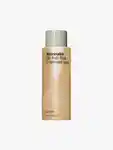
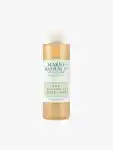
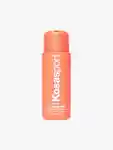
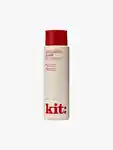
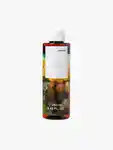
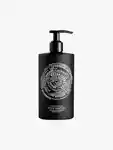
Refillable
REN Clean Skincare
Atlantic Kelp And Magnesium Anti-Fatigue Body Wash - 100% Recycled Plastic$54.00
(23)
Limited Edition
Men's Body Wash & Soaps
For clean, refreshed skin, look to our curated Edit of body wash for men. With hydrating washes, exfoliating scrubs and decadent soap bars from the world’s best body care brands, you’ll find your new daily essentials here. From body wash infused with your signature scent by your favourite fragrance house, to unscented and unfussy options for sensitive skin (and noses!), you’ll look forward to washing away the day.

